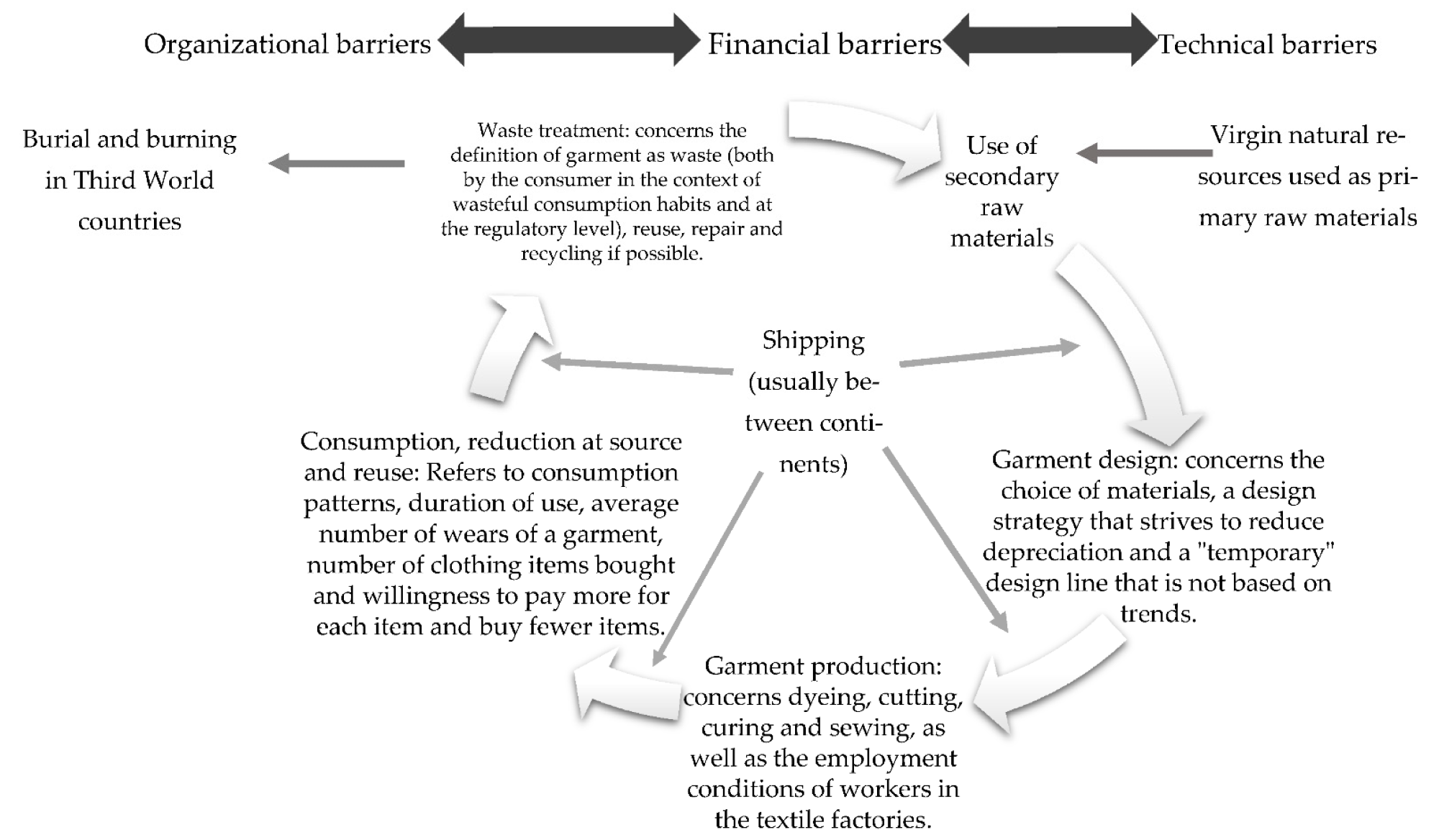With the aim of investigating the role of governmental regulation in reducing the environmental footprint of the industry and moving it toward a circular economy-based approach, a paper has been published online in Sustainability.

Study: Regulation for Promoting Sustainable, Fair and Circular Fashion. Image Credit: triocean/Shutterstock.com
The global growth of the fashion and clothing industry has come at a cost. The sustainability of increased clothing production has thrown a light on the industry’s contribution to climate change and growing environmental damage.
The Growing Issue with Sustainability in the Fashion and Clothing Industry
With the growth of the global fashion and clothing industry comes concerns over its sustainability and business practices. Recently, there has been significant media attention on the growth of so-called “fast fashion” and its impact on the wider clothing industry and society. Over the past four decades, there has been a 400% increase in the amount of clothing produced annually in the world. Additionally, the average household spending on clothing and the average amount of times clothing is worn has decreased.
On the surface, the trends in reduced cost and increased supply look good from a consumer standpoint, reflecting what has been termed as the “democratization of fashion.” However, these trends have far-reaching environmental and social consequences that have become apparent in recent years.
The negative consequences of the global clothing and fashion industry can be seen across the world. From microplastics that pose a threat to marine life and the food chain to 1.2 billion tons of greenhouse gases emitted annually, the message is clear: the current business model that governs the activities of the clothing industry must change if its damage is to be mitigated for the benefit of future generations.
Additionally, the global clothing industry is responsible for increasing land use for growing fibers. It is predicted that by 2030, the amount of land used for this purpose will increase by 35%, or 115,000 square kilometers (about the area of Kentucky). Moreover, the global clothing industry is responsible for a staggering amount of waste, which goes to landfills or is burned. This causes additional environmental pressures.

An abstract model of a circular economy, including barriers, in the field of fashion. Image Credit: Meital Peleg Mizrachi & Alon Tal, Sustainability
How the Fashion and Clothing Industry is Socially Damaging
The high demand of Western countries for fast fashion leads to adverse social factors, especially in developing nations that produce most of the world’s clothing supply. 98% of workers in the fashion industry are paid wages that do not support their families and keep them in poverty. 64% of women working in the fashion industry suffer abuse, both physical and verbal. In addition to being a highly polluting industry, these statistics indicate that the fashion industry is highly exploitative.
Studies have indicated that over 85% of clothing consumed in the USA is thrown away within a year of purchase. Additionally, only 1% of all used clothing is recycled, with most disposed of in developing nations, compounding the issues with sustainability and environmental and social damage. Therefore, a circular model for the global clothing industry is favorable, and a large part of achieving this is envisioned to be down to governmental regulations and international agreements.
Pointing Toward a Sustainable, Fair, and Circular Future for the Fashion Industry
The new study published in Sustainability has investigated the potential role regulation will play in moving the fashion industry toward a circular economy model which will solve its problems with sustainability whilst making it a fairer industry for all who work in it.
The research article begins by describing what circular production is and its principles. Regulatory expression, challenges in achieving circular production, and the benefits it will bring to the global fashion industry, and how it will inform practices within the sector are also discussed. Current efforts in global markets such as Europe are analyzed and discussed to examine how these can address the challenges the fashion industry faces.
The authors have stated in their study that there are opportunities for the fashion industry in particular to overcome its sustainability and ethical problems. There are opportunities for increased regulation that will address environmentally damaging consumption.
Possible public policies at a national level are discussed that will encourage progress in the global fashion industry and put it on a path to ethical and sustainable fashion consumption. These are assessed according to the criteria of feasibility, compliance, equity, sustainability, and effectiveness. The authors have evaluated four policy proposal categories: Incentives, Educational Initiatives, Command and Control Interventions, and Certification.
Analysis in the study suggests that there is a trade-off between different criteria that affects the implementation of interventions and regulation. For example, an intervention may improve sustainability but do little to address social inequality.
Nevertheless, a systematic assessment of the advantages and disadvantages of emerging public policies, regulations, and interventions is of vital importance for moving the fashion industry toward a sustainable, fair, and circular approach that will address its historical challenges. The study in Sustainability provides a significant knowledge base for future research and governmental regulations.
Further Reading
Meital Peleg Mizrachi & Alon Tal (2022) Regulation for Promoting Sustainable, Fair and Circular Fashion [online] Sustainability 14(1) 502 | mdpi.com. Available at: https://www.mdpi.com/2071-1050/14/1/502
Disclaimer: The views expressed here are those of the author expressed in their private capacity and do not necessarily represent the views of AZoM.com Limited T/A AZoNetwork the owner and operator of this website. This disclaimer forms part of the Terms and conditions of use of this website.